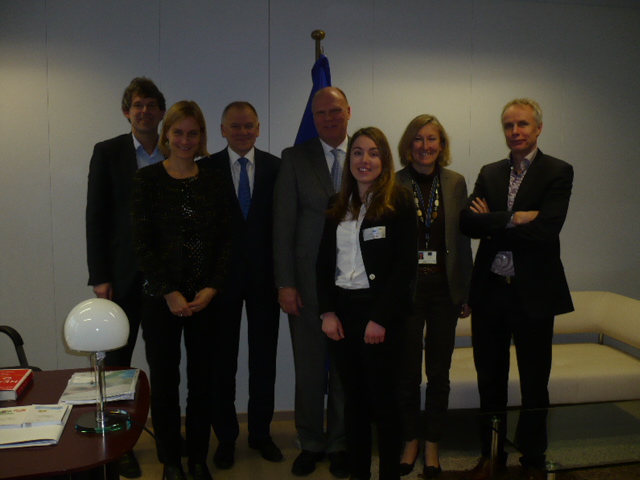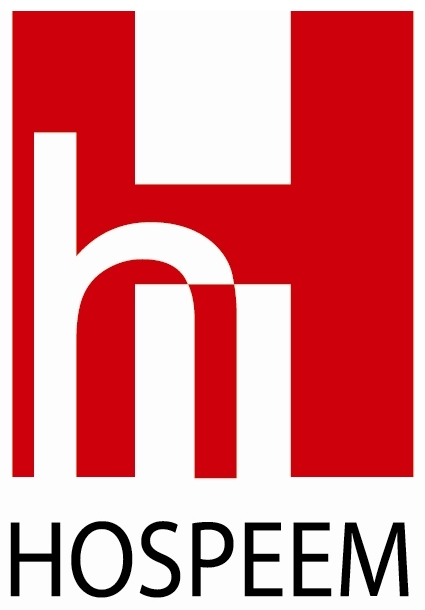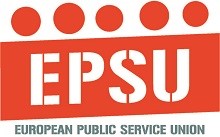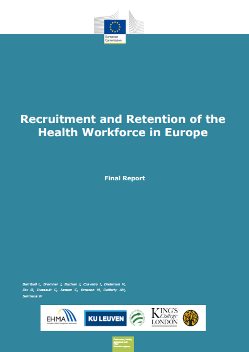On 11 January 2016, Tjitte Alkema, HOSPEEM Secretary General, and Jan Willem Goudriaan, EPSU General Secretary, met with Vytenis Andriukaitis, EU Commissioner for Health and Food Safety.
The purpose of this high-level meeting was to discuss the involvement and the role of European social partners in the hospital and healthcare sector in EU initiatives and to identify how HOSPEEM, EPSU and DG SANTE could best cooperate and support each other’s work.
The meeting provided Tjitte Alkema and Jan Willem Goudriaan the opportunity to present the main priorities on the agenda of HOSPEEM and EPSU and to promote their ongoing joint activities in the field on Recruitment and Retention, Continuous Professional Development and Life-Long-Learning and Occupational Safety and Health.
Issues related to health workforce planning, mobility of health professionals, cross-border ethical recruitment and retention, patient safety, investments in health systems, economic governance and capacity building were also addressed with the Commissioner.
Vytenis Andriukaitis underlined that these matters were core concerns for him and asserted that he was willing to deal with them, in cooperation with social partners and other Commissioners.The Commissioner expressed his deep interest and full support for the work carried out by HOSPEEM and EPSU, as well as his readiness to take part in it.
Vytenis Andriukaitis also encouraged Tjitte Alkema and Jan Willem Goudriaan to make the work and achievements of HOSPEEM and EPSU more visible and highlighted the need to draw the attention of society on these central issues.
During the meeting Tjitte Alkema raised the major problem faced by hospital and healthcare employers in the field of capacity building, namely the absence of independent employers’ organisations in some European countries. The Commissioner expressed his awareness of the issue and stressed the importance of a well-functioning social dialogue.
Vytenis Andriukaitis and the sectoral social partners HOSPEEM and EPSU agreed to meet on a regular basis in the future, to further exchange and strengthen cooperation.
To read the article written by EPSU on this meeting, click here











Recent Comments